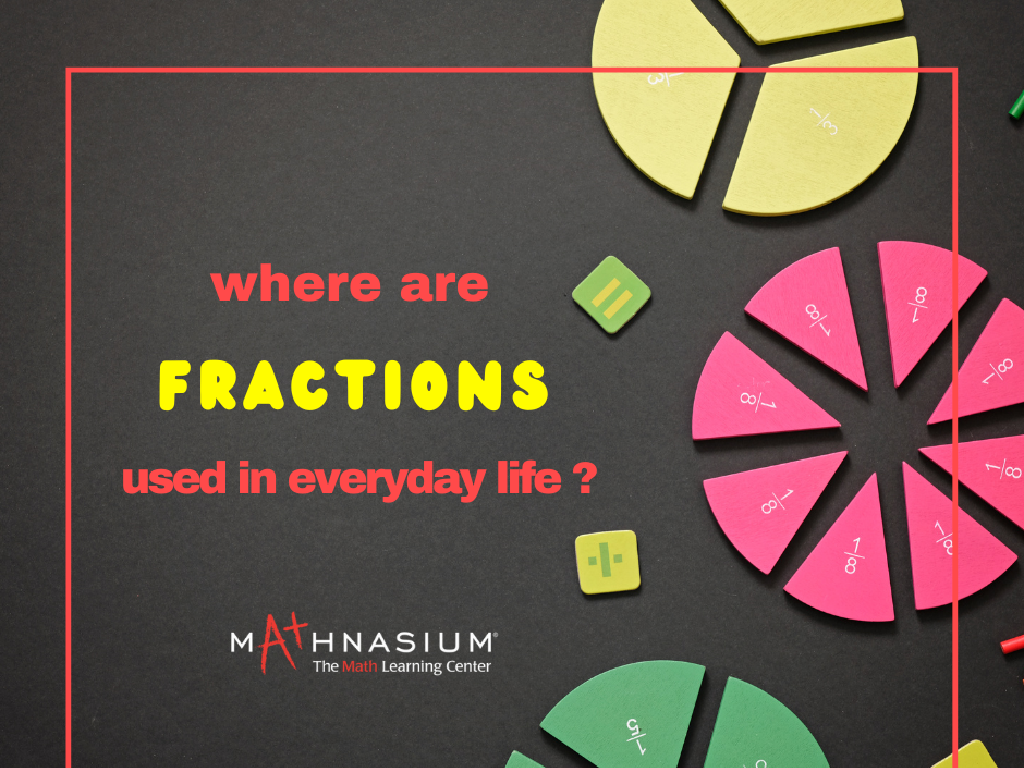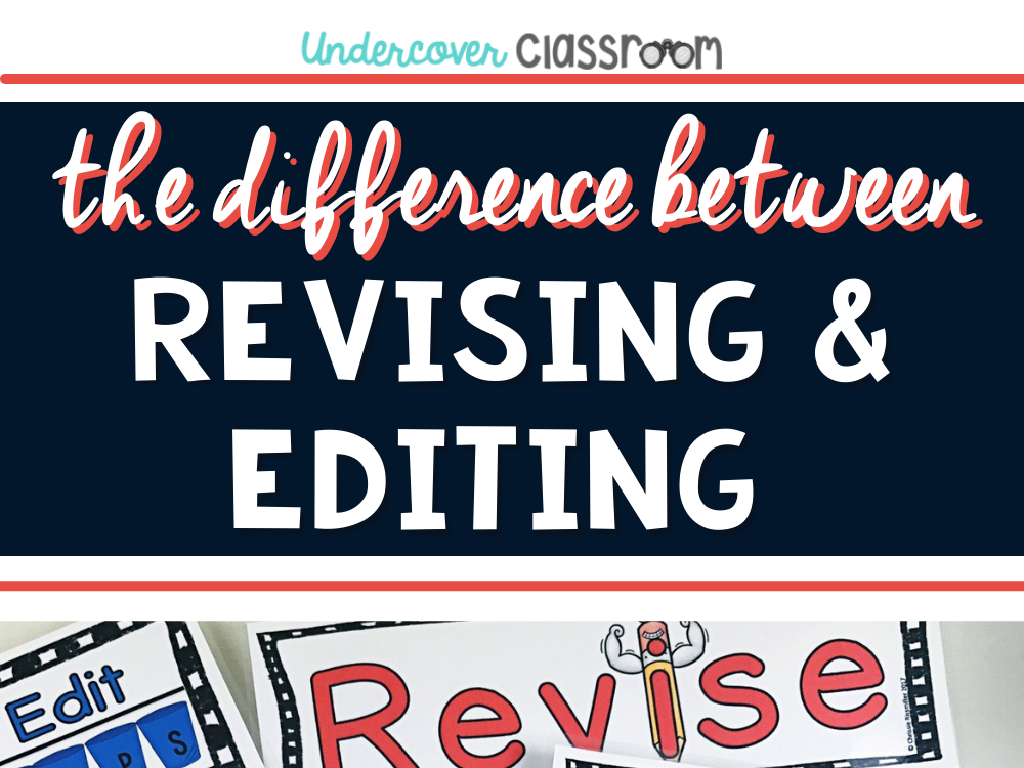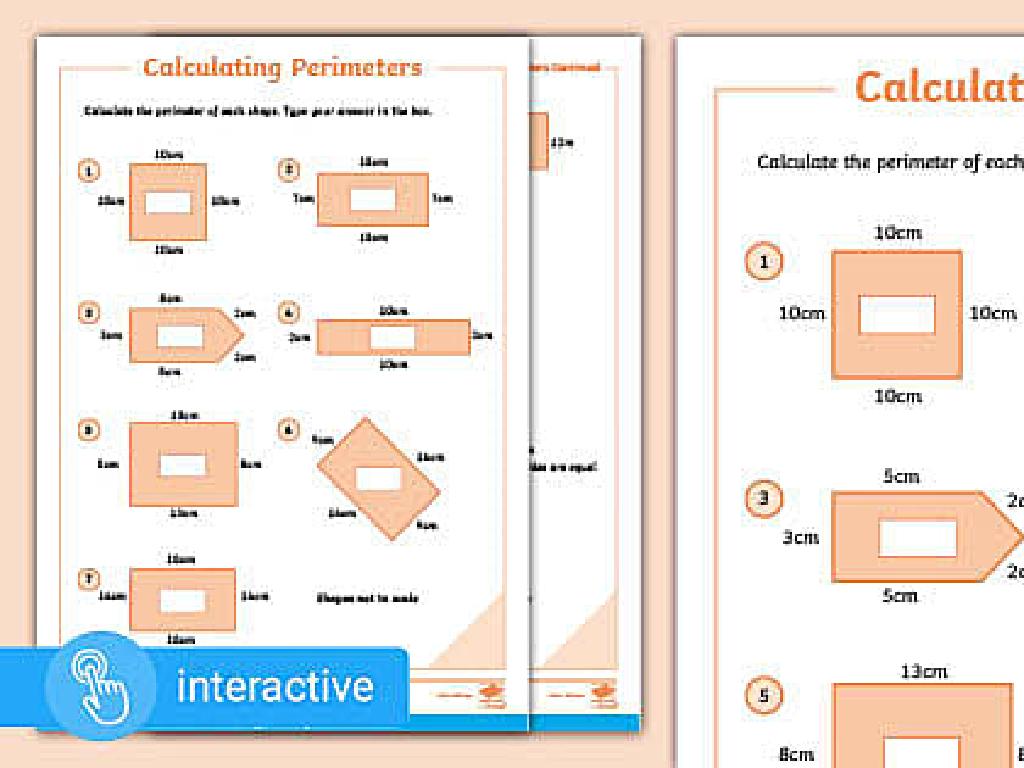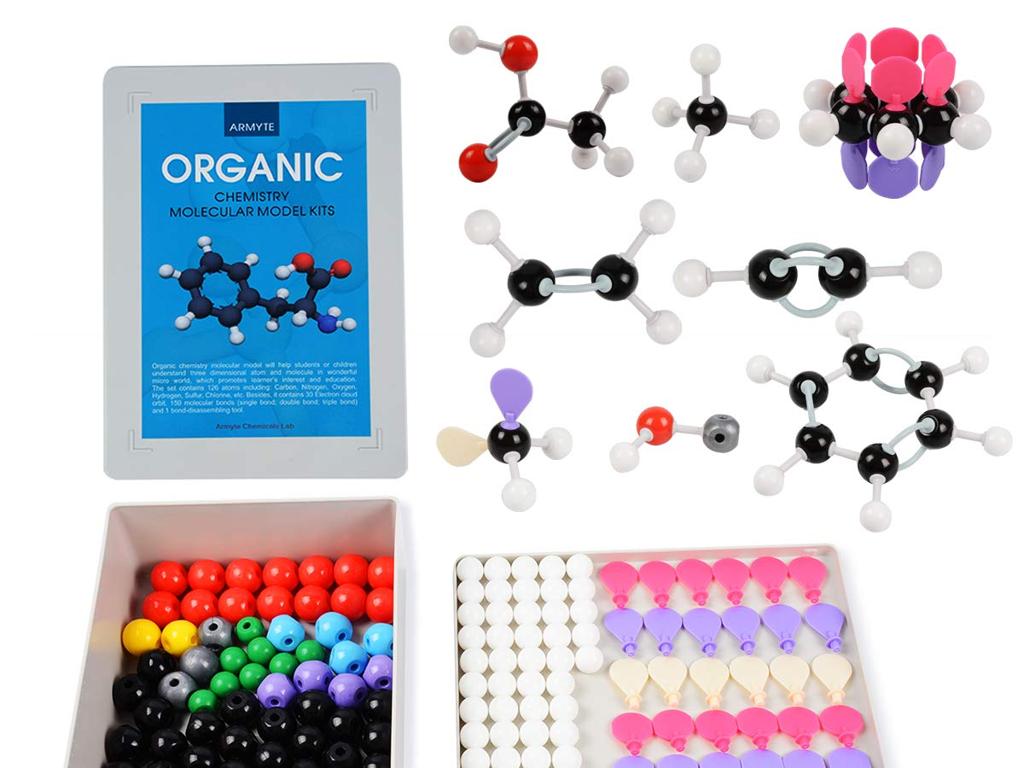Use Possessive Pronouns
Subject: Language arts
Grade: Third grade
Topic: Pronouns
Please LOG IN to download the presentation. Access is available to registered users only.
View More Content
Today’s Adventure: Possessive Pronouns!
– What are possessive pronouns?
– Words that show who owns something, like ‘his’ or ‘her’.
– Why use possessive pronouns?
– To tell who something belongs to without repeating names.
– Examples of possessive pronouns
– ‘My’ toy, ‘your’ book, ‘his’ ball, ‘her’ doll.
– Practice using possessive pronouns
|
This slide introduces possessive pronouns to third-grade students, explaining that these pronouns are used to show ownership or belonging. Emphasize that possessive pronouns help us avoid repetition and make sentences clearer and shorter. Provide examples using common items that children can relate to, and encourage them to think of their own examples. Plan a practice activity where students replace nouns with possessive pronouns in sentences or create sentences using possessive pronouns to describe items in the classroom or at home.
Possessive Pronouns: Showing Ownership
– What are possessive pronouns?
– Words that tell who owns something
– They show ownership
– Like saying ‘that pencil is mine’ instead of ‘Sarah’s’
– They replace nouns
– Instead of ‘the cat of Mary’, say ‘her cat’
– Examples: mine, yours, his
– ‘This toy is mine’, ‘The book is yours’, ‘The snack is his’
|
This slide introduces the concept of possessive pronouns to third-grade students. Possessive pronouns are used to show that something belongs to someone without repeating the noun. It’s important to explain that these pronouns make sentences shorter and avoid repetition. Provide examples and encourage students to think of items they own and how they would use possessive pronouns to describe ownership. For instance, instead of saying ‘This is the backpack of Jake,’ they can say ‘This is his backpack.’ Use interactive activities where students can practice replacing nouns with possessive pronouns in sentences.
Possessive Pronouns vs. Contractions
– Possessive pronouns show ownership
– Contractions combine two words
– ‘its’ vs. ‘it’s’: Know the difference
– ‘its’ shows something belongs to it, while ‘it’s’ means ‘it is’ or ‘it has’
– Possessive pronouns never have apostrophes
– Remember, possessive pronouns like ‘hers’, ‘ours’, ‘theirs’ don’t need an apostrophe
|
This slide aims to clarify the difference between possessive pronouns and contractions, which is a common area of confusion for third graders. Emphasize that possessive pronouns are used to show that something belongs to someone or something, like ‘mine’, ‘yours’, ‘his’, ‘hers’, ‘its’, ‘ours’, and ‘theirs’. Contractions, on the other hand, are shortened forms of two words put together, such as ‘it’s’ for ‘it is’ or ‘it has’. Highlight that possessive pronouns do not contain apostrophes, which is a key distinction from contractions. Provide examples and encourage students to create sentences using both possessive pronouns and contractions to reinforce the lesson.
Using Possessive Pronouns
– Replacing nouns with possessive pronouns
– Possessive pronouns show who owns something
– Example: Sarah’s book becomes hers
– ‘The book belongs to Sarah’ changes to ‘The book is hers’
– Group practice activity
– We’ll do fun exercises as a class
|
This slide introduces the concept of possessive pronouns to third-grade students. Start by explaining that possessive pronouns are used to show ownership and can replace nouns to avoid repetition. Use clear examples to illustrate how a phrase like ‘The book belongs to Sarah’ can be simplified to ‘The book is hers’ by using a possessive pronoun. Engage the class with interactive activities where they can practice converting sentences with possessive nouns into sentences with possessive pronouns. For the activity, consider having students work in pairs or small groups to encourage collaboration. Provide sentences that require replacing nouns with possessive pronouns and have students share their answers with the class. This will help reinforce their understanding and provide an opportunity for immediate feedback.
Your Turn: Possessive Pronouns!
– I’ll read sentences aloud
– Choose the right possessive pronoun
– Is it ‘his’, ‘her’, ‘their’, ‘our’, or ‘my’?
– Think: Who owns the item?
– The possessive pronoun tells us who something belongs to
– Get ready to answer!
|
This slide is an interactive class activity designed to reinforce the concept of possessive pronouns. The teacher will read sentences aloud, and the students will choose the correct possessive pronoun based on who owns the item in the sentence. This exercise will help students practice using ‘my’, ‘your’, ‘his’, ‘her’, ‘its’, ‘our’, and ‘their’ correctly in context. For example, if the sentence is ‘This backpack belongs to Jake,’ the students should identify ‘his’ as the correct possessive pronoun. The teacher should prepare a list of sentences with varying subjects to ensure a comprehensive understanding of all possessive pronouns. Encourage students to explain their reasoning for their choices to foster a deeper understanding.
Possessive Pronouns in Our Lives
– Possessive pronouns usage
– Found in books and talks
– ‘His’, ‘her’, ‘their’ in stories we read
– Spot them on signs
– ‘My’ on a sign like ‘My toys’ at a store
– Classroom examples hunt
– Can you find ‘my’, ‘your’, ‘our’ in here?
|
This slide aims to make students aware of possessive pronouns and their prevalence in everyday life. Start by explaining what possessive pronouns are and how they are used to show ownership. Examples include ‘my’, ‘your’, ‘his’, ‘her’, ‘its’, ‘our’, and ‘their’. Highlight how these words are commonly found in the books they read, the conversations they have, and even on signs they see around them. Encourage students to look around the classroom for any written examples of possessive pronouns, such as on book covers, labels, and posters. This activity will help reinforce their understanding by connecting the concept to their immediate environment.
Class Activity: Possessive Pronoun Hunt
– Explore the classroom on a Pronoun Hunt
– Find objects with owners
– Replace owner’s name with a pronoun
– Use ‘his’, ‘hers’, ‘its’, ‘ours’, ‘yours’, ‘theirs’
– Share examples with the class
– Example: ‘The teacher’s pen’ becomes ‘This pen is hers.’
|
This activity is designed to help students understand and use possessive pronouns in a fun and interactive way. Have the students walk around the classroom to find items that belong to someone. They should then tell the class what possessive pronoun could replace the owner’s name, reinforcing the concept that possessive pronouns show ownership. Provide guidance and examples, such as ‘This is Jenny’s book. This book is hers.’ or ‘That is the students’ desk. That desk is theirs.’ Encourage students to think creatively and ensure everyone participates. Possible variations of the activity could include pairing students, using pictures of items with owners, or creating a worksheet with sentences to be completed with the correct possessive pronouns.
Possessive Pronouns: Conclusion and Review
– Celebrating our pronoun hunt
– Reviewing possessive pronouns
– Possessive pronouns show ownership, like ‘his’, ‘her’, ‘their’
– Practice leads to perfection
– Keep using possessive pronouns
– Try to use them in sentences at home or in stories
|
Well done to all the students for participating in the pronoun hunt activity! Now, let’s recap what we’ve learned about possessive pronouns. These special pronouns help us show who owns something without repeating the owner’s name. Examples include ‘my’, ‘your’, ‘his’, ‘her’, ‘its’, ‘our’, and ‘their’. Remember, the more you practice using possessive pronouns in your writing and speech, the better you’ll get at it. Encourage the students to continue applying this knowledge by using possessive pronouns in their daily conversations and written assignments.






